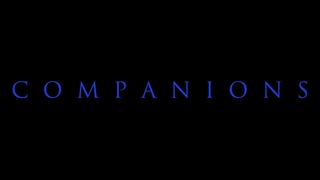Forward and reverse primers - all you need to know
Primers that bind to the antisense strand of the DNA are referred to as forward primers. Primers that bind to the sense strand of the DNA are referred to as reverse primers. Strand Annealing. It binds to the template strand of the DNA to synthesise coding strands.
Problem:
The following is a typical target sequence of DNA at an STR site. You will need to identify the repeated sequence in the upper strand. It is composed of 4 nucleotides. This repeat does not start at the far left of the upper strand. The primer binding region at the upper left is where the primer will bind. The repeat is to the right of that primer. Note that the underlined primers are different for the upper and lower strand.
-ATCGTTCATTCATTCATTCATTCATGGCAT- upperstrand
-TAGCAAGTAAGTAAGTAAGTAAGTACCGTA- lowerstrand
A) What is the sequence of the 4 nucleotides repeat in the upper strand?
B) How many repeats are there in the upper strand?
C) What is the sequence of the forward primer (binds to the upper, left sequence) ?
D) What is the sequence of the reverse primer (binds to the lower, right sequence)?
#cancer #complementarySequence #phenotype #genes #geneticCode #Iherb #ForwardAndReverseSenseAndAntisensePrimers #chromosome #Genetics #Antisense #DNA #genotype #GeneticsExamQuestionsSolutions #gene #enzymes #geneExpression #primer #sense #bestPrimers #howToDesignPrimersForPcr #pcrTechniquesInBiotechnology #rtPcr #pcrDataAnalysis #RealTimePcr #pcrClass12Biology #pcrTechnique #amplificationOfGenesOfInterestUsingPcr #pcrMixStrategy #whatIsPCR
















![Ashes Of Berk-Hiccups Villain Song [How To Train Your Dragon]](https://sun9-88.userapi.com/lsbrmtjcd78fZCkVzLVC9QK7mLJYSqSQO_4Oag/Kqn_7fJuhEE.jpg)






